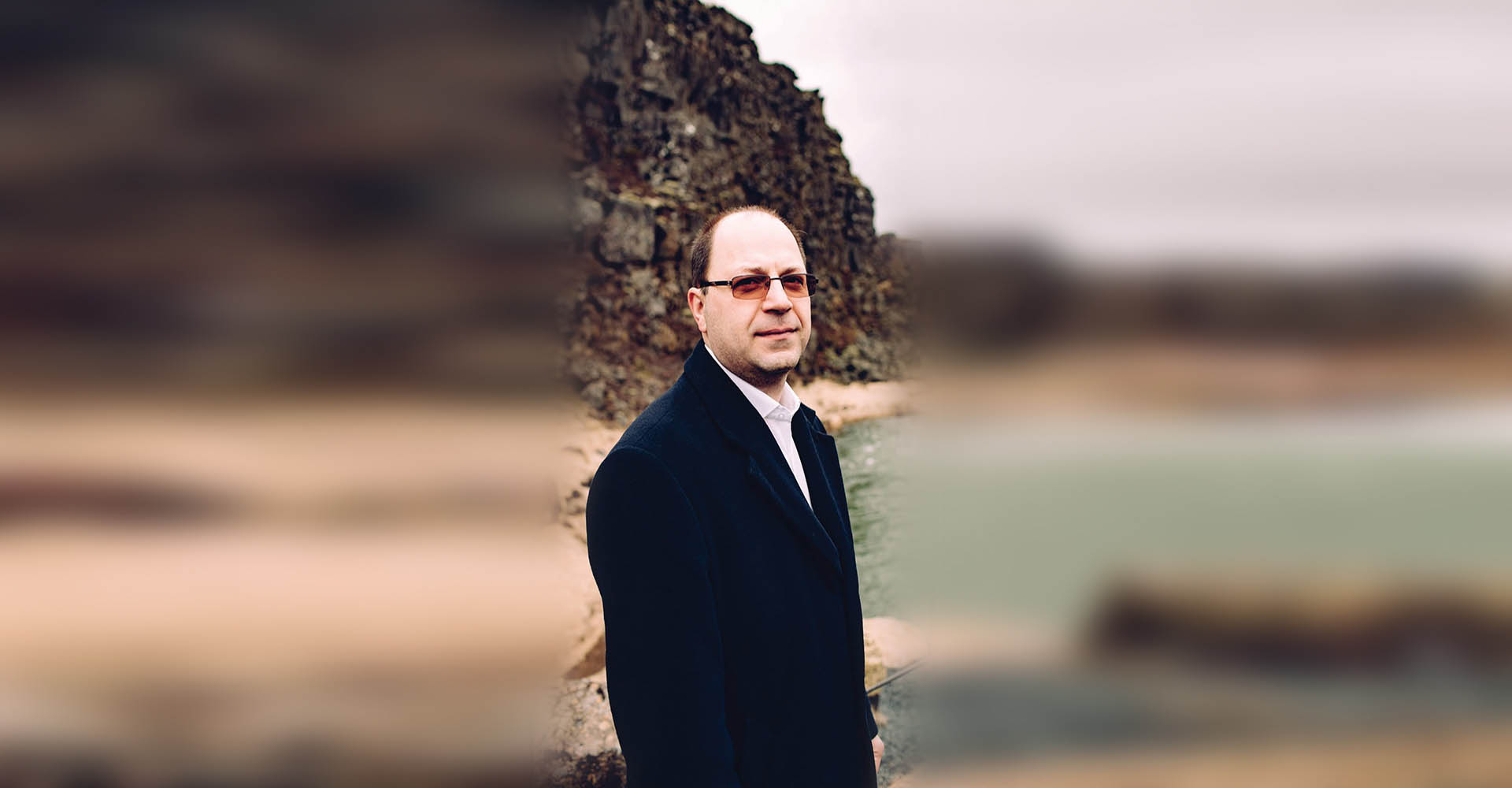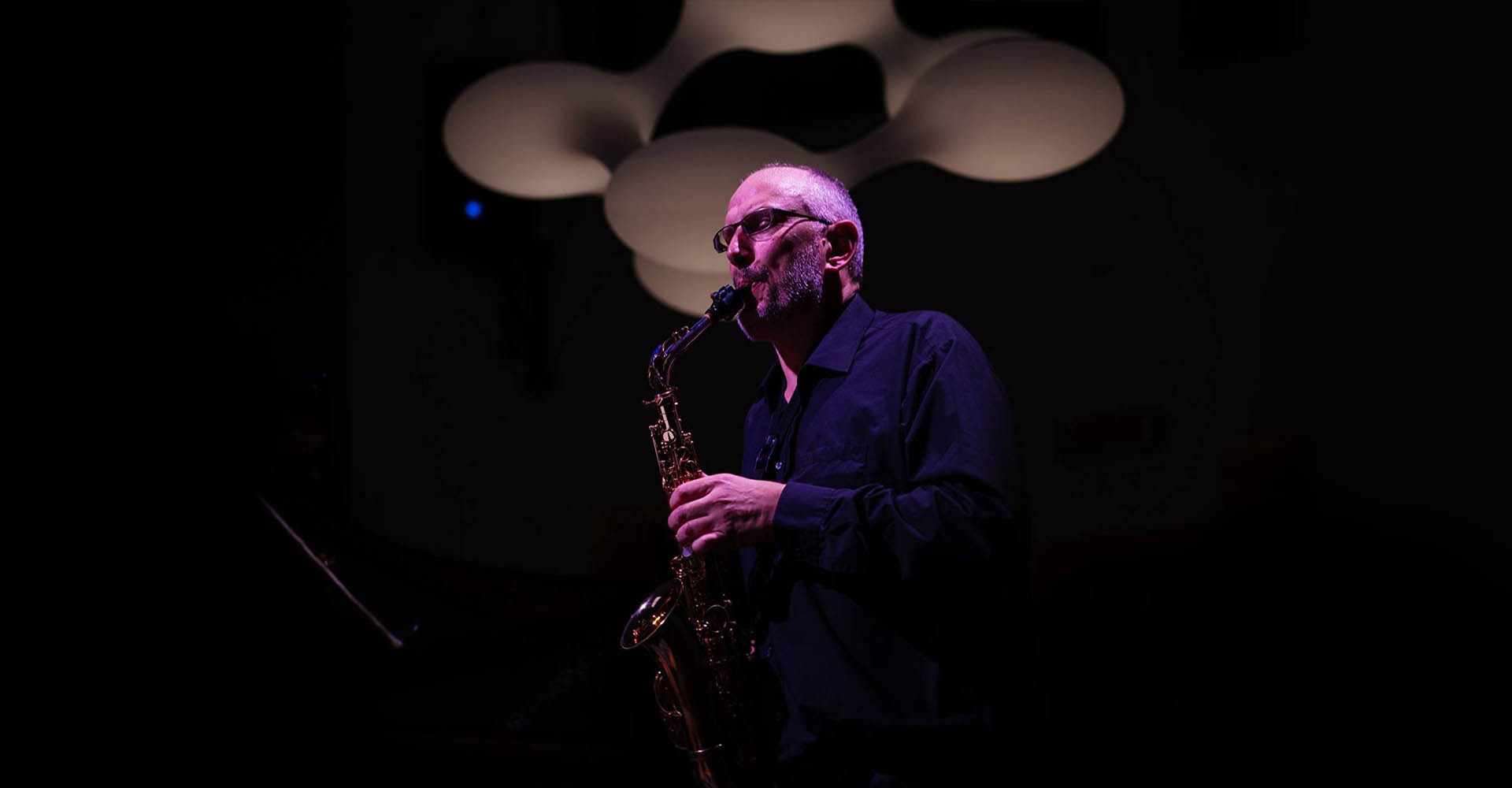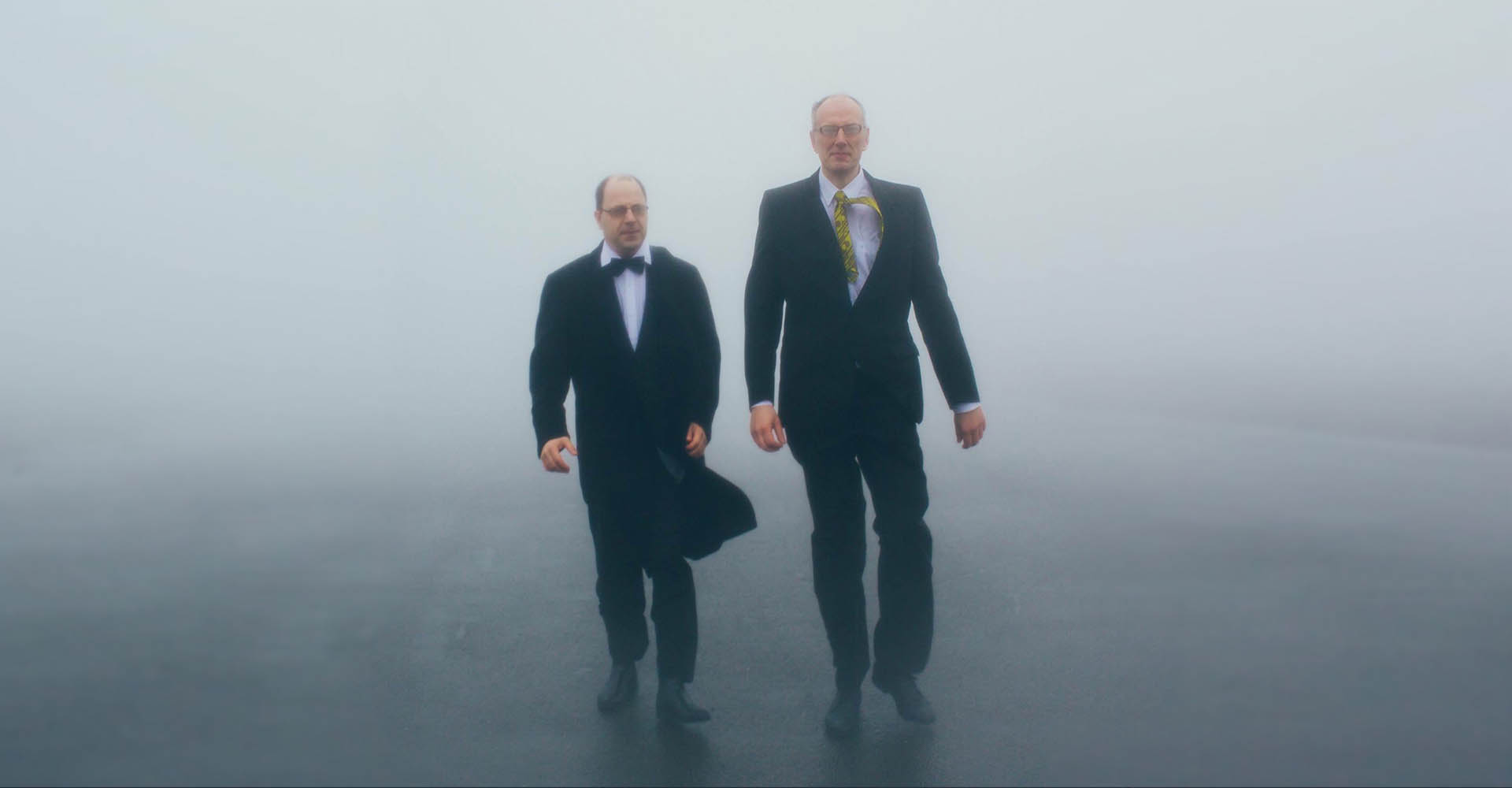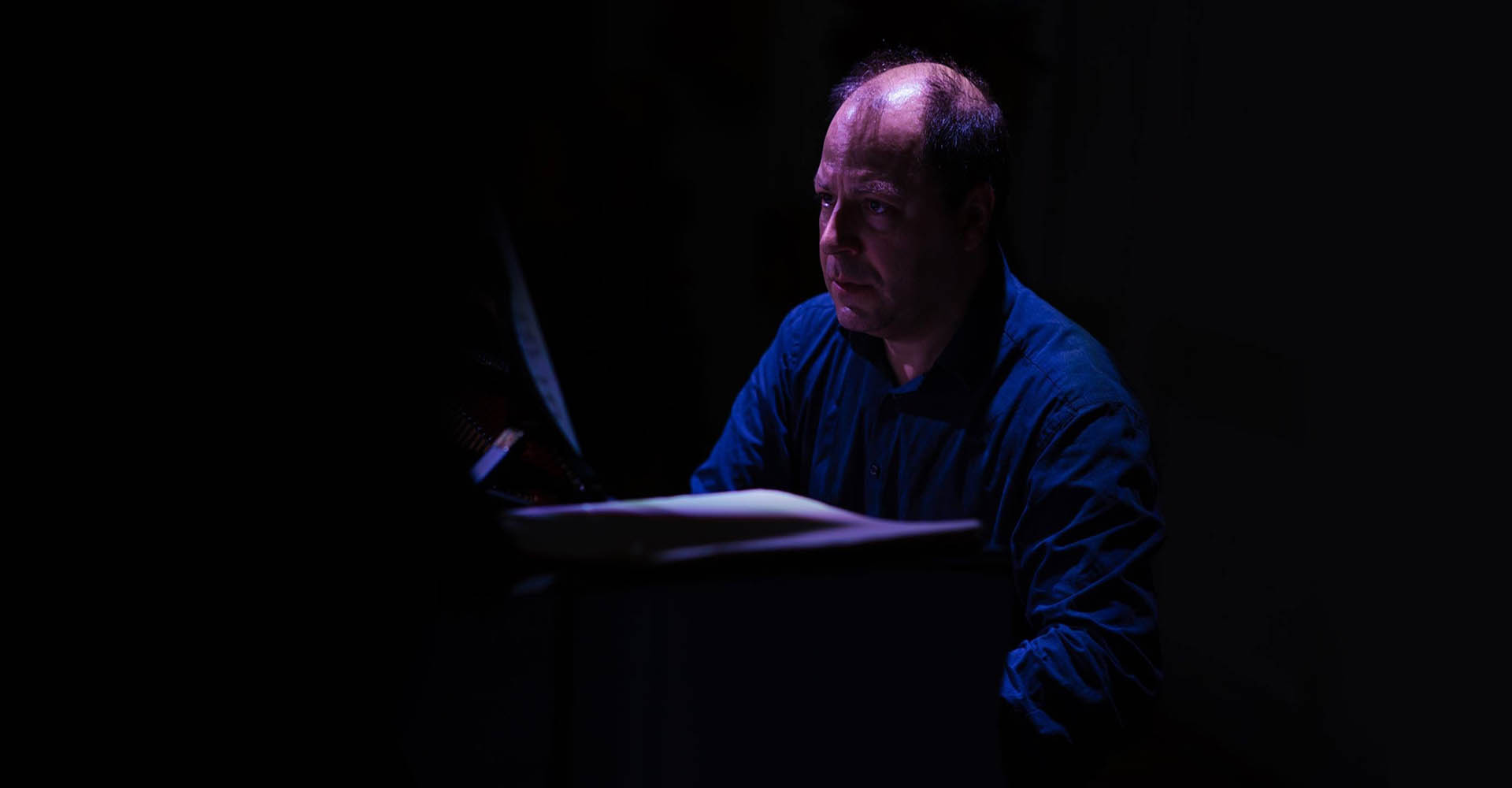Reviews
Duo Ultima
French Connection
"Das Saxofon ist ein Jazz-Symbol. Entstanden aber ist das Saxofon in Frankreich, und zwar Jahrzehnte vor der Geburt des Jazz. Das neuartige Instrument war ein Kind der Romantik und schien wie geschaffen für kleine Opern-Potpourris. Der Komponist Hector Berlioz schwärmte ausgiebig von seinen klanglichen und ausdruckstechnischen Möglichkeiten. Als dann der Jazz und – kein Witz! – die Zirkusmusik das Instrument um 1920 endlich so richtig populär machten, erlebte auch das „klassische“ Saxofon eine neue Blüte. Marcel Mule hieß der Saxofonist, der 1928 in Paris ein festes Quartett von Saxofonisten gründete, das er 40 Jahre lang leiten sollte. Für Mules Ensemble schrieben zahlreiche Komponisten raffinierte und unterhaltsame Saxofonquartette.
Hans-Jürgen Schaal
Mehr vom Autor: www.hjs-jazz.de
Duo Ultima
French Connection
Odradek
French Connection
André CAPLET (1878-1925)
Légende (1903) [13:59]
Claude DEBUSSY (1862-1918)
Rapsodie (1901/08) [12:01]
Alfred DESENCLOS (1912-1971)
Prélude, Cadence et Finale (1956) [11:08]
André JOLIVET (1905-1974)
Fantaisie-Impromptu (1953) [3:42]
Pierre SANCAN (1916-2008)
Lamento et Rondo (1973) [7:54]
Florent SCHMITT (1870-1978)
Legende Op. 66 (1918) [10:44]
Francois BORNE (1840–1920)
Fantaisie Brillante sur des airs de ‘Carmen’ (1903) [13:06]
Eugene BOZZA (1905-1991)
Aria (1936) [3:22]
Jules DEMERSSEMAN (1833-1866)
Fantaisie sur un thème original (1866) [7:09]
Jean FRANCAIS (1912-1997)
Cinq danses exotiques (1961) [6:20]
Darius MILHAUD (1892-1974)
Scaramouche Op. 165 (1939) [10:21]
Paule MAURICE (1910-1967)
Tableaux de Provence (1960) [14:51]
Astor PIAZZOLLA (1921-1992)
Tango-Etudes (1987) [12:56]
Duo Ultima (Guido Bäumer (saxophone), Aladár Rácz (piano))
rec. 2012/15, Víðistaðakirkja, Hafnarfjörður, Iceland.
ODRADEK RECORDS ODRCD337 [59:33 + 68:08]Invented by a Belgian in 1846, the saxophone has become ubiquitous in the jazz world and popular in quartet form when it comes to classical chamber music today. This richly varied and wide-ranging programme shows how warmly it was embraced by French composers at the turn of the 20th century and beyond, and with the silky-smooth sound produced by Guido Bäumer it is not hard to hear why.
André Caplet’s evocative Légende is a good starting point, this piano arrangement from an original that included string quartet and winds working very well indeed. Caplet’s connection to Debussy makes the latter’s Rhapsodie a logical follow-up. The strange story of its commission and being withheld from both publisher and purchasor is outlined in Joanna Wyld’s excellent booklet notes. This is late Debussy, with his impressionist fingerprint very much intact, and with a gently rhythmic second subject referring to southern climes. With its exploratory but expressive opening and virtuoso writing for the soloist, Alfred Desenclos’ Prélude, Cadence et Finale is a fine example of a jury piece, in this case for the Paris Conservatoire, while André Jolivet’s Fantaisie-Impromptu opens moodily before breaking into a jazz-infused scherzo. Deeper emotional passions are conjured in Pierre Sancan’s Lamento, the accompanying Rondo being an effectively rousing showpiece. Disc 1 concludes with Florent Schmitt’s extravagant Légende: another orchestral work that has been transcribed for piano, the exotic oriental colours in the piano not really an equivalent to the original, but resulting in a real workout for Aladár Rácz and an impressive work nonetheless.
The first CD for this set isn’t particularly heavy, but CD 2 has a greater proportion of lighter works, starting with François Borne’s Fantaisie Brillante sur des airs de ‘Carmen’. This was originally written for flute, and weaves Bizet’s tunes into an elaborate study in variation and transformation, turning vocal lines into an idiomatically challenging part for the soloist. Eugene Bozza’s Aria is one of his best-known pieces, and an eloquently expressive vehicle for any instrument. Like Borne, Jules Demersseman was a flautist, but took to the saxophone as an ‘early adopter’ when it came to his Fantaisie sur un thème original. There is some extended cadenza-like noodling from the solo, but with a good tune as a starting point this is a fine work.
Jean Français is typically fun-filled in his Cinq danses exotiques, a piece that started out for two pianos. This is a feast of South American syncopation that runs neatly into Darius Milhaud’s popular Scaramouche, another romp through Latin American culture and infectious in its inventiveness. Paule Maurice is the only female composer represented. Her Tableaux de Provence became quite a post-war hit, this arrangement following the success of a version with orchestra. Contrasting dreamy melodies with witty vignettes, this piece was intended to capture the spirit of a holiday in Provençe at which the saxophone pioneer Marcel Mule was also present. The programme concludes with Tango-Etudes by Astor Piazzolla, a suitably swinging tango sandwich, with the questioning Anxieux et rubato central movement as its tasty filling.
These performances are generally good, the piano sound perhaps a little glassy in the upper register and with one or two moments of stress in the saxophone at extremes. There is a sharp edit point in evidence 2:19 into Sancan’s Lamento but the recordings otherwise run without much in the way of hitches. Warmly generous sound quality is in fact a big bonus for this collection. These two musicians are clearly in fine synergy with each other, and this is an excellent place for expanding your collection of saxophone music.
Dominy Clements

















